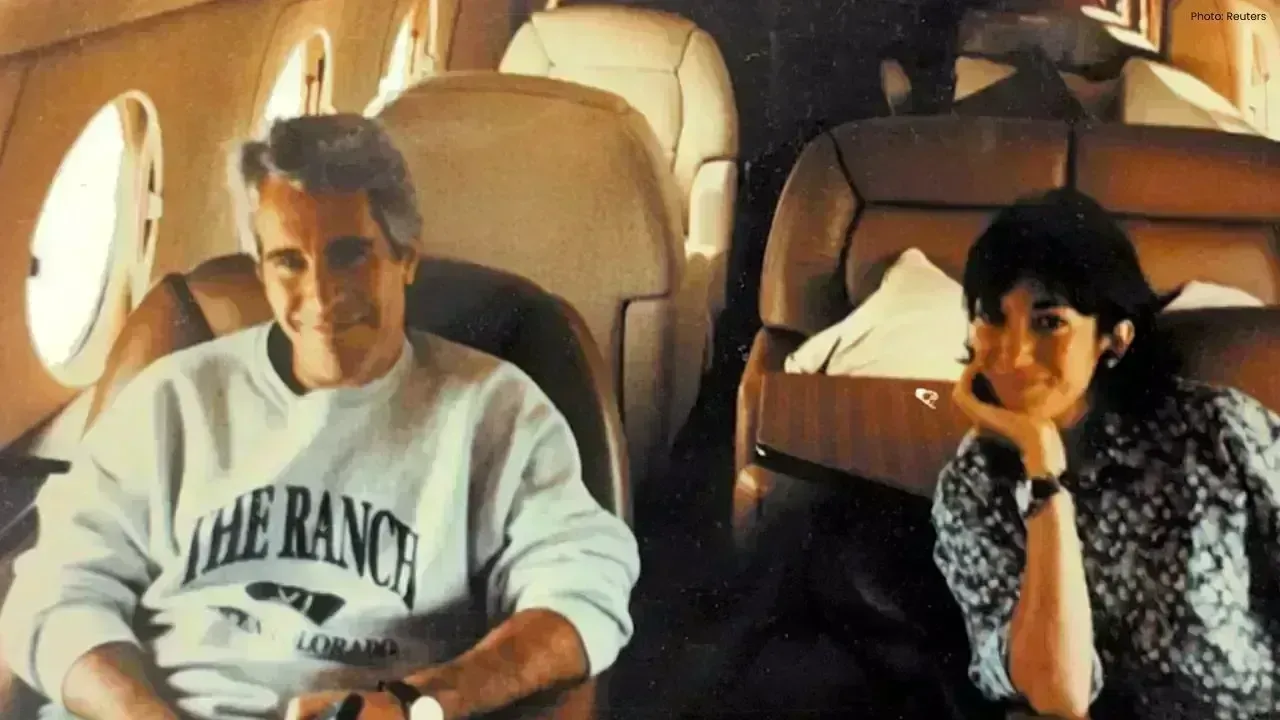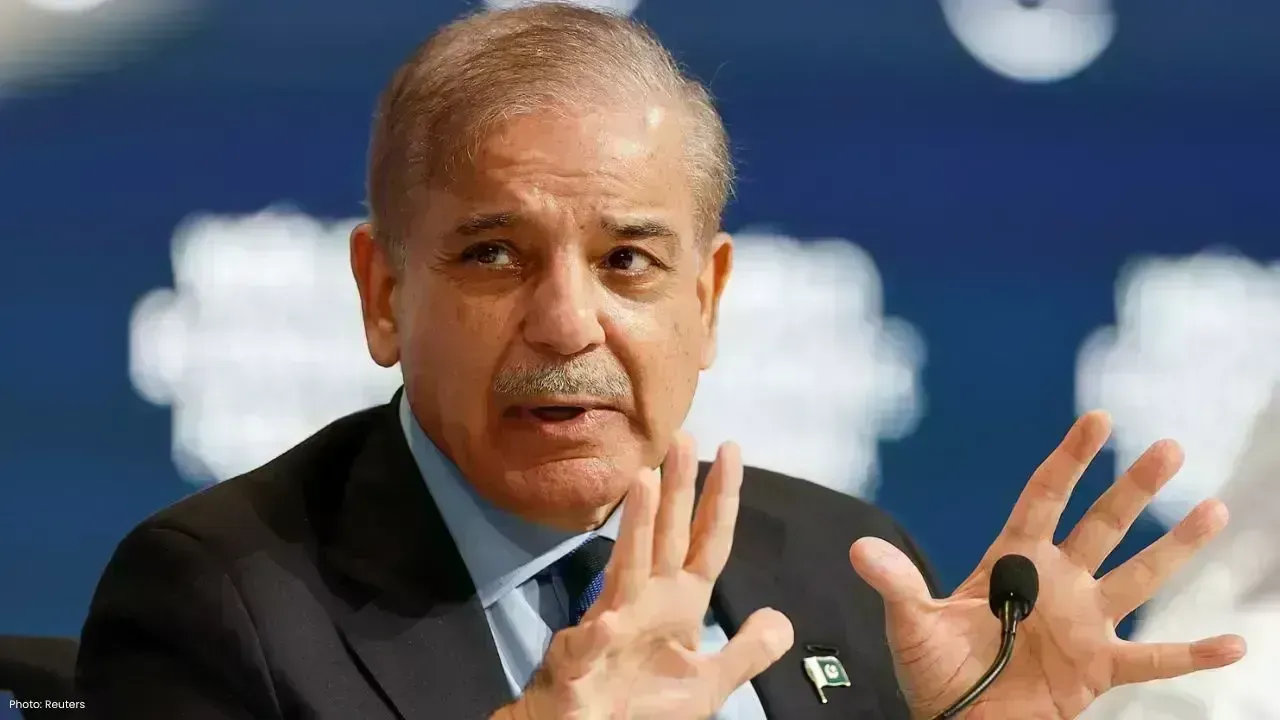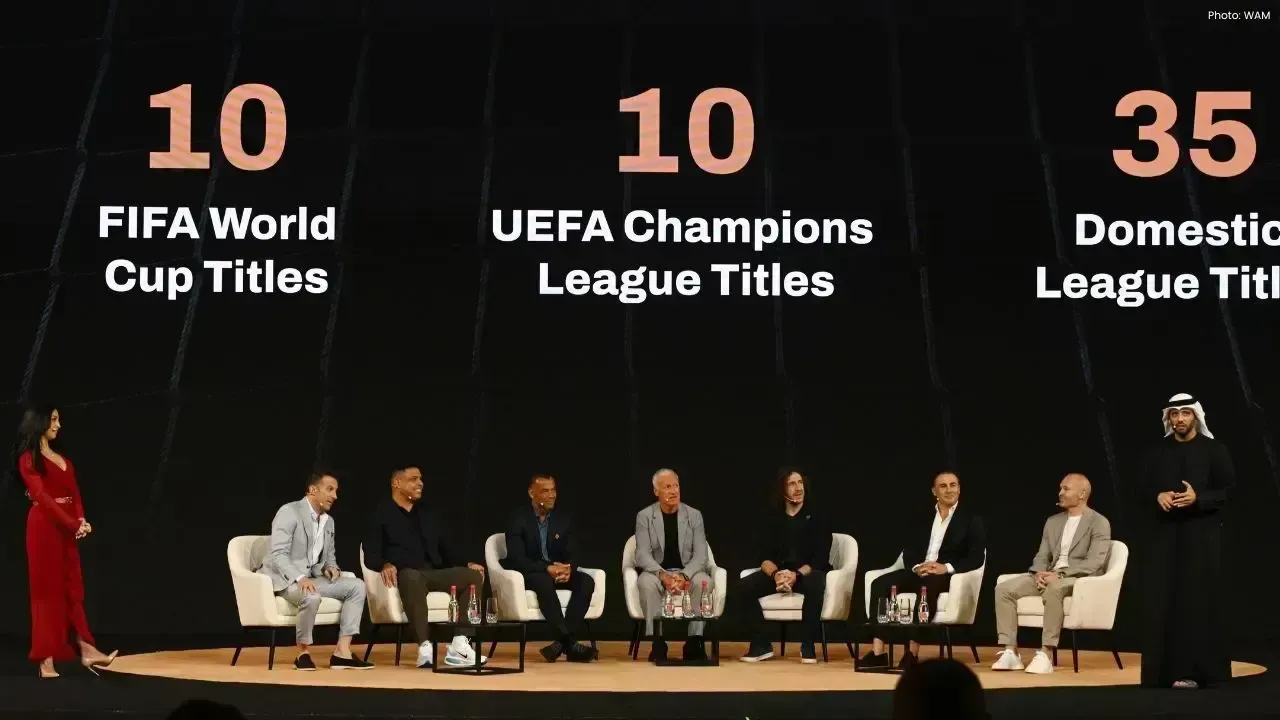You have not yet added any article to your bookmarks!

Join 10k+ people to get notified about new posts, news and tips.
Do not worry we don't spam!

Post by : Anis Farhan
Robots once belonged to the realm of science fiction—humanoid companions, mechanical workers, and machines capable of independent thought. Today, these visions are materializing in the real world. Powered by artificial intelligence, modern robots are no longer restricted to factory floors. They are entering our homes, hospitals, offices, and even public spaces, performing tasks that range from cleaning to surgery to disaster response.
The integration of AI into robotics is the turning point. Unlike traditional robots, which followed fixed instructions, AI-powered robots learn, adapt, and improve through experience. This leap makes them more versatile and capable of interacting with unpredictable human environments. As technology advances, the question is no longer whether robots will become part of our daily lives—but how deeply they will integrate into the fabric of society.
Manufacturing has always been a hub for robotics, but AI has expanded their potential dramatically. Robots today not only assemble cars or electronics but also detect defects, adjust production in real-time, and predict equipment failures before they happen.
Factories equipped with AI robots operate with unprecedented efficiency. Predictive analytics allow these machines to forecast demand, adjust production, and optimize supply chains. Human workers are no longer required for repetitive, hazardous tasks but instead collaborate with robots, focusing on creative and supervisory roles.
This shift is redefining the workplace. Far from replacing humans entirely, robots are becoming colleagues—tools that enhance productivity while reducing physical strain on employees.
Perhaps the most striking impact of AI-powered robots is in healthcare. Robotic surgery, once experimental, is now common in leading hospitals. Surgeons guide robotic arms with millimeter precision, reducing complications and speeding up recovery times.
Beyond surgery, AI robots are playing roles in diagnostics, elderly care, and rehabilitation. Companion robots assist patients with dementia, providing reminders and emotional support. Rehabilitation robots help stroke victims regain mobility with personalized exercises tailored by AI.
During global health crises, such as pandemics, robots step into dangerous environments—delivering medicines, disinfecting spaces, and minimizing exposure risks for healthcare workers. This blend of precision, safety, and adaptability highlights why robots are being embraced as essential allies in medicine.
For many people, the introduction to AI-powered robots begins at home. Robotic vacuum cleaners, voice-controlled assistants, and smart appliances are already part of daily routines. However, the future promises far more sophisticated companions.
Imagine a household robot capable of cooking meals, tutoring children, or assisting the elderly with daily tasks. Companies are already experimenting with humanoid robots designed to hold conversations, recognize emotions, and respond naturally.
While still evolving, these machines highlight the potential of robots to become trusted companions. In aging societies, they may even provide critical support for seniors living independently.
Airports, hotels, and shopping malls are introducing robots for customer service and security. From check-in assistants at airports to robots delivering room service in hotels, their presence is becoming normalized.
Security robots patrol public areas, detecting unusual activity and alerting authorities. Service robots provide information, directions, and even entertainment for visitors. These innovations not only improve efficiency but also enhance user experience by making public interactions smoother and faster.
Education is another field where robots are breaking barriers. Interactive robots are being used as teaching assistants, especially for young learners and students with special needs. Their ability to provide personalized attention and adapt lessons in real-time makes them effective tools in classrooms.
Research laboratories also rely heavily on robots. From conducting high-risk chemical experiments to exploring deep-sea environments, robots expand human capabilities, taking on tasks too dangerous or impossible for humans. Their role as extensions of human intelligence makes them invaluable in pushing the boundaries of knowledge.
Despite their promise, AI-powered robots raise difficult questions.
Job Displacement: Will robots eventually replace more human workers, leading to widespread unemployment?
Privacy: With robots constantly collecting data, how do we ensure that information is protected?
Ethics of Autonomy: Should robots be given decision-making powers in life-or-death scenarios, such as medical emergencies or combat zones?
Bias in AI: If robots learn from flawed data, they may reproduce or even amplify human biases.
These challenges demand careful regulation, ethical guidelines, and ongoing dialogue between governments, industry leaders, and society at large.
Cultural perceptions play a huge role in the adoption of robots. In countries like Japan, where robots are embraced as helpers and companions, integration has been smooth. In contrast, regions with higher concerns about privacy and job security face more resistance.
The way societies accept robots will depend not only on their functionality but also on how well they are designed to fit human values and lifestyles. Building trust is key—robots must not only work efficiently but also feel safe and reliable to humans.
Looking ahead, AI-powered robots are likely to become as common as smartphones are today. The vision is not of robots replacing humans but of humans and robots working side by side.
In workplaces, they will handle repetitive or risky tasks while humans focus on strategy and creativity.
In homes, they will support families, assist the elderly, and even provide companionship.
In society, they will improve services, strengthen security, and expand opportunities in education and healthcare.
The lines between science fiction and reality will continue to blur, but one truth is clear: the future will be a shared space where humans and robots coexist, collaborate, and co-create.
AI-powered robots have moved beyond imagination to become an integral part of modern life. Their role in industry, healthcare, homes, and public spaces demonstrates their transformative potential. While challenges exist, the benefits they bring in terms of safety, efficiency, and innovation are undeniable.
The future of robotics is not about machines replacing humans but about empowering humanity with tools that extend our capabilities. As this partnership grows, the boundaries of what is possible will continue to expand, making our world smarter, safer, and more connected than ever before.
This article is intended for informational purposes only. It reflects current developments in AI-powered robotics and their applications across industries and society. Readers are encouraged to follow updates from trusted sources for the latest insights into robotics technology.










China Claims India-Pakistan Peace Role Amid India’s Firm Denial
China claims to have mediated peace between India and Pakistan, but India rejects third-party involv

Mel Gibson and Rosalind Ross Split After Nearly a Decade Together
Mel Gibson and Rosalind Ross confirm split after nearly a year. They will continue co-parenting thei

Rashmika Mandanna, Vijay Deverakonda Set to Marry on Feb 26
Rashmika Mandanna and Vijay Deverakonda are reportedly set to marry on February 26, 2026, in a priva

FIFA Stands by 2026 World Cup Ticket Prices Despite Fan Criticism
FIFA defends the high ticket prices for the 2026 World Cup, introducing a $60 tier to make matches m

Trump Claims He Ended India-Pakistan War, Faces Strong Denial
Donald Trump says he brokered the ceasefire between India and Pakistan and resolved eight wars, but

Two Telangana Women Die in California Road Accident, Families Seek Help
Two Telangana women pursuing Master's in the US died in a tragic California crash. Families urge gov